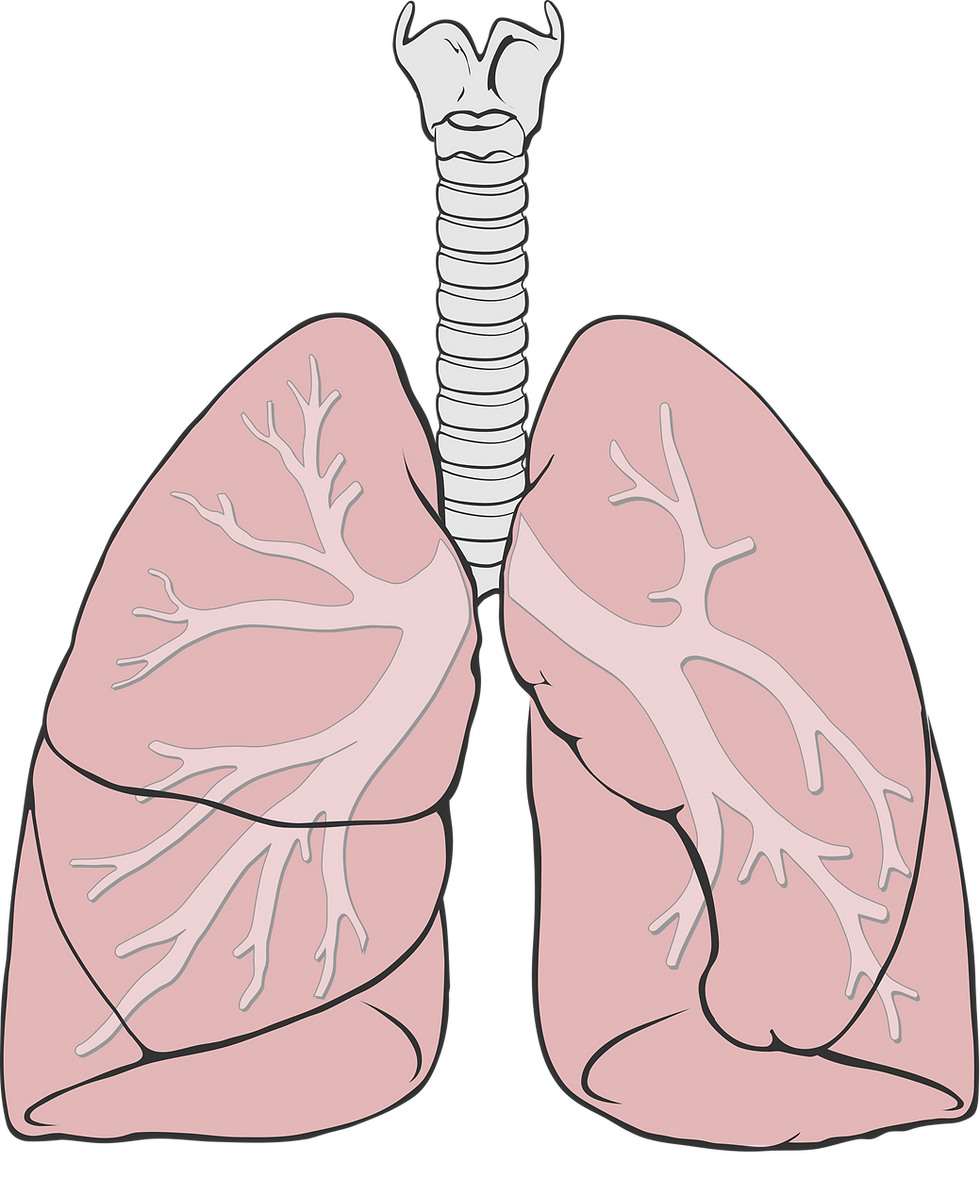Malignant Tumors & It's Types
- Neha Gupta
- Aug 16, 2019
- 2 min read
Malignant Skull Base Tumors
Some malignant, or cancerous, skull base tumors grow more rapidly than benign tumors. They have the potential to spread to other areas of the body. Following are the types of malignant skull base tumor:
1. Chondrosarcomas
Chondrosarcoma is a type of cancer that starts in the cartilage at the junction of the bones of the skull base. These tumors can grow slowly or rapidly. Symptoms of chondrosarcomas depend on their location in the skull base and may include headache, ringing in the ears, and problems with vision, hearing, or balance. These symptoms might result in brain cancer.
2. Esthesioneuroblastomas
An esthesioneuroblastoma arises from cells in the olfactory nerves, which travel from the nose to the brain and control the sense of smell. This type of tumor occurs in the nasal cavity and can grow into the skull base.
An esthesioneuroblastoma can obstruct the nasal passages and cause nosebleeds, changes in the sense of smell, discharge from the nose, and pain. When advanced, it can spread to distant parts of the body. In this case, proton cancer treatment will be useful in curing esthesioneuroblastomas.
3. Nasopharyngeal Carcinomas
A nasopharyngeal carcinoma develops behind the nose in the upper part of the throat, an area called the nasopharynx, which is located near the skull base. The nasopharynx carries air from the nose to the throat.
These tumors are usually made of squamous cells, which line the mucous membranes inside the mouth, throat, and nose. Nasopharyngeal carcinomas can enter the skull base as they grow, causing vision problems, hoarseness, headache, and facial pain. This can be cured using radiation oncology, it’s important to visit the doctor as early as possible when you observe any symptoms of nasopharyngeal carcinoma.
4. Adenoid Cystic Carcinomas
Adenoid cystic carcinomas develop in the cells of the salivary glands, which form and secrete saliva. Salivary glands are located near the base of the skull. Symptoms of these tumors include pain, numbness, difficulty swallowing, and hoarseness.
5. Chordomas
A chordoma is a malignant tumor that can arise from the bones of the skull base. If it is small, it may not cause symptoms. Larger tumors may cause headache and problems with vision, hearing, walking, or balance. These tumors are often slow-growing. Usually, they remain confined to the skull base but can spread to other parts of the body.
For more information about malignant skull base tumors visit the Top Proton Therapy Centre.






Comments